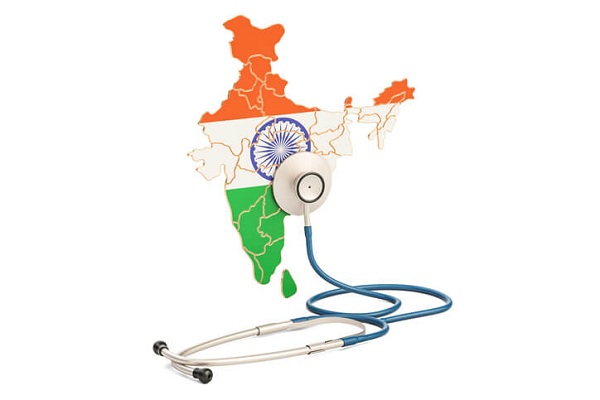The rise in awareness and income has pushed the demand for healthcare insurance, diagnosis and e-pharmacy. The Indian Healthcare sector has now become the largest sector in terms of revenue and employment growth. And it is estimated to keep its upward growth.
By next year, the Indian healthcare sector will reach an estimated $372 billion. In the period of 2020 to 2027, the market will account for a CAGR of 23.85%. Before the pandemic, only 3 million Indians were comfortable ordering medicines on e-pharmacy sites. Now the group of consumers willing to purchase online has increased to 65 million.
The Covid-19 pandemic shook the foundations of healthcare systems across the globe. It has forced both private and government healthcare providers to bring changes in this field. This has pushed the Government to increase healthcare spending to 2.5% of India’s GDP by the year 2025.
Many tech-led platforms were created for the aid of both central and state governments. The Aarogya Setu app was used throughout the country for contact mapping. eSanjeevani website was launched by the Ministry of Health and Family Welfare for telemedicine. Such platforms helped supplement the Government's response to the pandemic management.
Healthcare IT has helped level the field between India’s urban and rural divide for healthcare access. IT integrated with healthcare also tackled the problem of big data management. It also increases safety in operations and boosts functionality as it provides real-time information to every healthcare stakeholder.
IT has made significant improvements in the healthcare sector. High involvement of IT has reduced costs by 200 - 300% in the last 10 years. Yet only 2% of gross revenue is set aside for IT in the healthcare sector whereas in other industries it is 5 - 8%. The current major players of healthcare IT are Avengersoft, Akhil Systems among others.
Should IT be a part of the medical curriculum, making it an integral part of Indian Healthcare?

 Information Technology has been a blessing for the healthcare sector. It has managed to help tackle the pandemic and reduced the tech gap between urban and rural India.
Information Technology has been a blessing for the healthcare sector. It has managed to help tackle the pandemic and reduced the tech gap between urban and rural India. 









.jpeg)







.jpeg)

.jpg)










